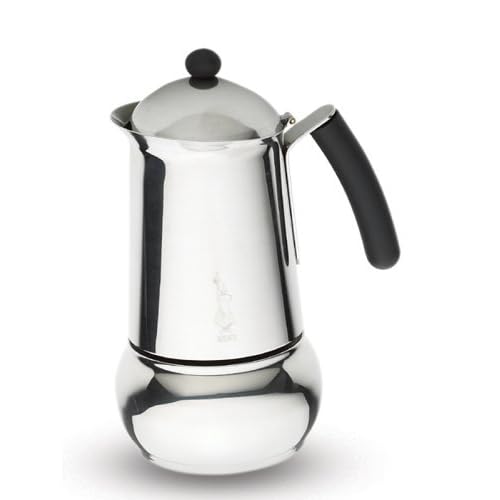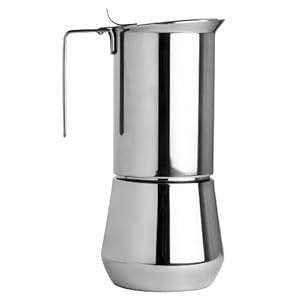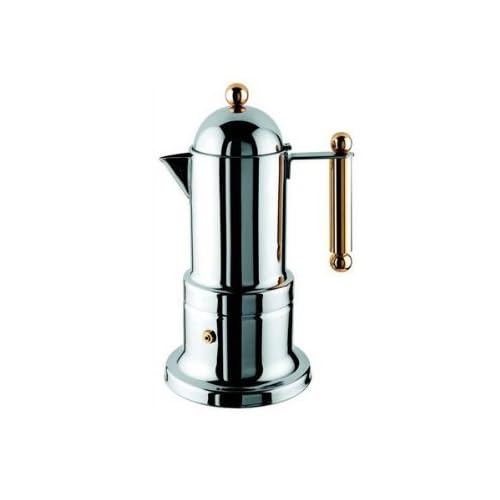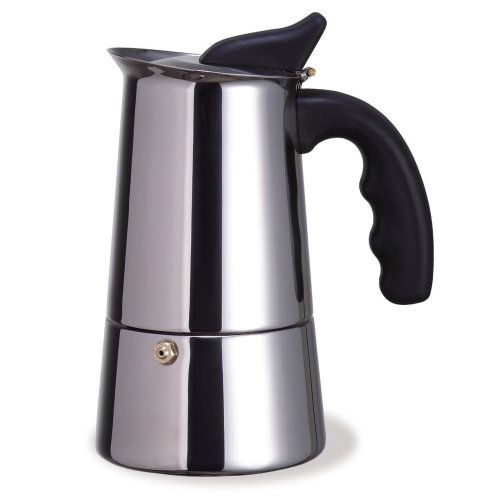Good morning gents. My wife and I have recently 'discovered' Moka coffee pots. As I understand it, Bialetti was the original. I also understand they do NOT make espresso though they are often advertised as stove top espresso makers. I did a search of the cafe forum and found a few informative articles about them. The good, the bad, and some general musings. What I would like are some opinions as to brand of pot and roast of coffee to use.
I am somewhat confused about the "espresso" tag as it applies to coffee anymore. I was always under the impression it should describe the grind. Yet a lot of roasters anymore list the roast itself as espresso. I understand that companies like Illy make a moka grind just for these Lilliputian coffee pots.
I am of course familiar with the Bialetti Moka Express and its variant, the Brikka. As I understand it their resulting coffee is slightly different as well. I am also interested in newer stainless models. Some of them are just beautiful but the reviews for the Bialetti models are dodgy at best. I have also seen the Alessi and Vev Vigano brands and they look to be well made. So fire away gents and tell me why you would or would not buy a moka pot and which one would sway your purchase decision. Thank you.
Regards, Todd
I am somewhat confused about the "espresso" tag as it applies to coffee anymore. I was always under the impression it should describe the grind. Yet a lot of roasters anymore list the roast itself as espresso. I understand that companies like Illy make a moka grind just for these Lilliputian coffee pots.
I am of course familiar with the Bialetti Moka Express and its variant, the Brikka. As I understand it their resulting coffee is slightly different as well. I am also interested in newer stainless models. Some of them are just beautiful but the reviews for the Bialetti models are dodgy at best. I have also seen the Alessi and Vev Vigano brands and they look to be well made. So fire away gents and tell me why you would or would not buy a moka pot and which one would sway your purchase decision. Thank you.
Regards, Todd
 I have looked up a few models of Bialetti, Viv, and Alessi and linked the photos here. Bialetti makes gorgeous looking stainless pots but the reviews are simply all over the place. The other fare much better but do carry a higher price. Like you, I cannot understand why these companies are upgrading to stainless and not making a laminated bottom for them. I have some cheap Tramontina sauce pans that are stainless throughout but have a thick laminated bottom with a sandwich of aluminium in between the stainless. It works famously. We will see how this goes. In the meantime here are some photos lads.
I have looked up a few models of Bialetti, Viv, and Alessi and linked the photos here. Bialetti makes gorgeous looking stainless pots but the reviews are simply all over the place. The other fare much better but do carry a higher price. Like you, I cannot understand why these companies are upgrading to stainless and not making a laminated bottom for them. I have some cheap Tramontina sauce pans that are stainless throughout but have a thick laminated bottom with a sandwich of aluminium in between the stainless. It works famously. We will see how this goes. In the meantime here are some photos lads. 



